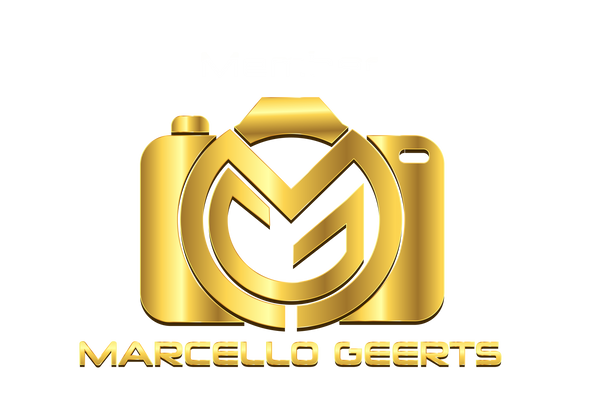What is the noble art of photography? In which form of photography is so much love and attention put that it can measure up to the art of the old masters in the museum?
When I close my eyes, my mind wanders to Rembrandt and Vermeer. Their sense of detail, their knowledge of light, their talent for creating tension in a painting....
They spent hours, weeks, months working on the album they had in mind. And with result: millions of people visit the museums to marvel at the masterpieces.
But what can we learn from the old masters to enrich our photography?
The majority of photographs taken by the average photographer is in stark contrast to the work of a painter. We'll turn the aperture quickly, maybe we'll quickly adjust the shutter speed and the ISO and then... click... on to the next shot.
A matter of seconds for us, a matter of months for Rembrandt or Vermeer. But the attention to our photos is also different, a quick LIKE on Insta and the viewer jumps to the next photo. Opposite an extensive visit to the museum of the old masters.
What do you want to go for?
The process of a painter is quite similar to that of fine art photography. I also often say jokingly: I became a photographer because I can't paint. But the fascination for beautiful images is the same.
Painters think in layers, plan their entire scene, study the light and play with shadows. In addition, they seek balance between their subjects and the background.
Before the first stroke is made with the brush, the outcome has been thought about for a long time.
In fine art photography this is exactly the same. As photographers, we are used to being the first to grab our camera, but with fine art I teach you that. First set up your scene properly before you say what you want to tell the viewer.
So put the camera away, look, study, adjust, understand and only then do you pick up your camera.
Fine art is not a stroke of luck but a process of building your masterpiece step by step.
In my eyes, fine art is also fine tuning, where you keep adjusting small things to see if this is an improvement. Don't be satisfied with the first photo, but try to improve and take your time. Give the photo the attention it needs.
A few tips:
- Keep your scene simple with authentic accessories
- Make sure the background gets as much care as your model
- Practice some poses with your model and ask what feels comfortable
- Consciously choose a light pattern such as short light, long light, butterfly light or Rembrandt light
- Think in layers of light and take a test photo of each layer
- Study the light and make small adjustments to the position of your light and see how light and shadows change
- Find a balance in light between your model and your background
- It's the details that give the main character more shine
And the most important tip: take your time and enjoy the process. Because this is what fine art photography is all about, a real experience.
In my studio I have all the possibilities to let you experience Fine Art Photography.
I would like to receive you and learn everything about Fine Art Photography:
https://www.lighttubepro.com/products/course-fine-art-photography-art-of-the-old-masters

